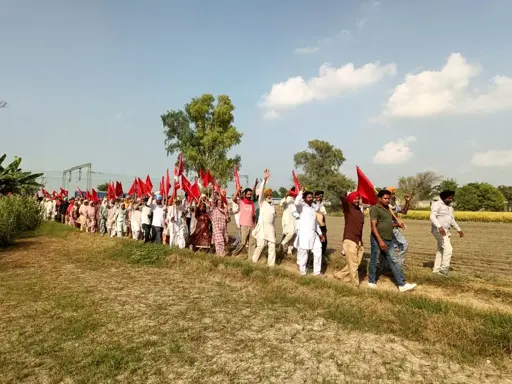The popular perceptions of Punjab and its contiguous agrarian expanses often evoke narratives of bountiful harvests, high wages, comfortable standards of living, high levels of mechanisation, market-governed cultivation, and regular displays of affluence—an overall oasis of prosperity that delivers economic salvation. Moreover, an oasis that also helps feed multiple states, while keeping India’s granaries stocked up for future contingencies. With a culture that revels in merry-making and extravagance, these narratives are reinforced and propagated by the entertainment industry. Hardly ever, however, do these images of Punjab bring into focus its dark-skinned Dalit natives, who have spilled their sweat and blood at the fields of the fairer, well-to-do, landed castes for generations, creating and enhancing their wealth and property.
Those who hold sway in the state, along with the upper and backward castes, are the Jatts, a dominant, agrarian community who constitute just about 27 percent of the state’s populace, and around 60 percent of the state’s Sikh population. It is the Punjabi Dalits who are the largest community within the state, forming 32 percent of its populace. However, it is the kith and kin of the Jatt Sikhs who make up the significant chunk of all the land-owning castes over a huge expanse, across Punjab, Haryana, Delhi, Western Uttar Pradesh and the bordering areas of Rajasthan. The Punjabi Dalits, meanwhile, happen to be remarkably landless—particularly so, because no other Indian state has such a large proportion of landless Dalits. Official data has revealed that only 4.3 percent of Scheduled Caste households in rural Punjab are self-employed in agriculture, and 94.2 percent of Dalit households in the state do not have any land for cultivation.


